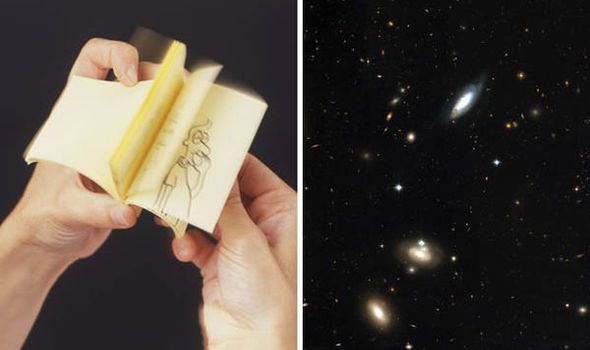The black holes that kicked off the first detection of gravitational waves seem to be the right size and frequency to be long-sought primordial black holes.
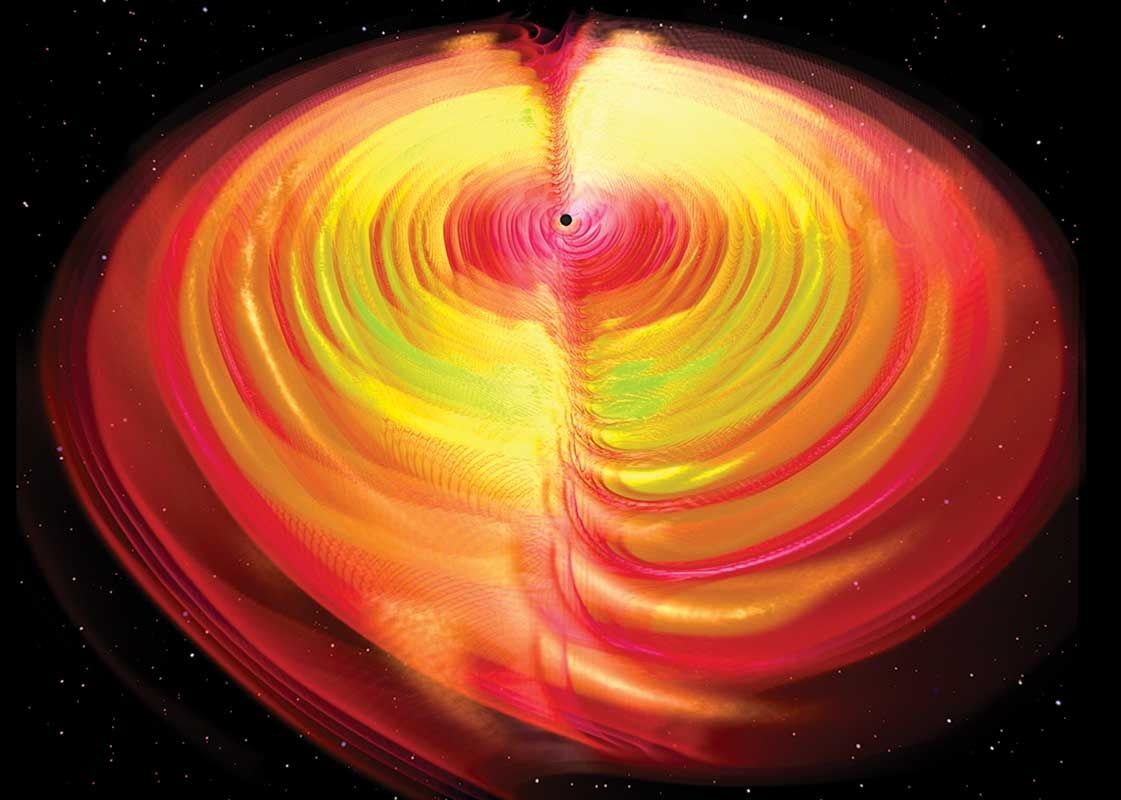

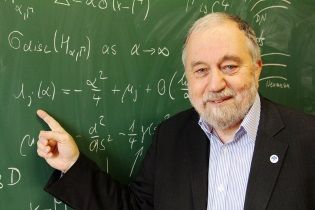
Going back to the start, how did you come to studying Theoretical Physics?
As with most people my path was determined by a series of choices involving random factors. I liked mathematics and physics at school, and did well in the olympiads, but I liked also literature, history, etc. At the age of fourteen I choose a technical-type high school oriented at nuclear disciplines, as popular then as they are despised by many these days, probably because it was one of the most difficult and challenging ones.
The way from there to the Technical University was straightforward. Since I have the need to understand things from the first principles, I drifted gradually towards theoretical physics and it was only natural that in the middle of my studies, corresponding roughly to the bachelor degree nowadays, I ended up at the Theoretical Physics Department of the Charles University, where I subsequently graduated.
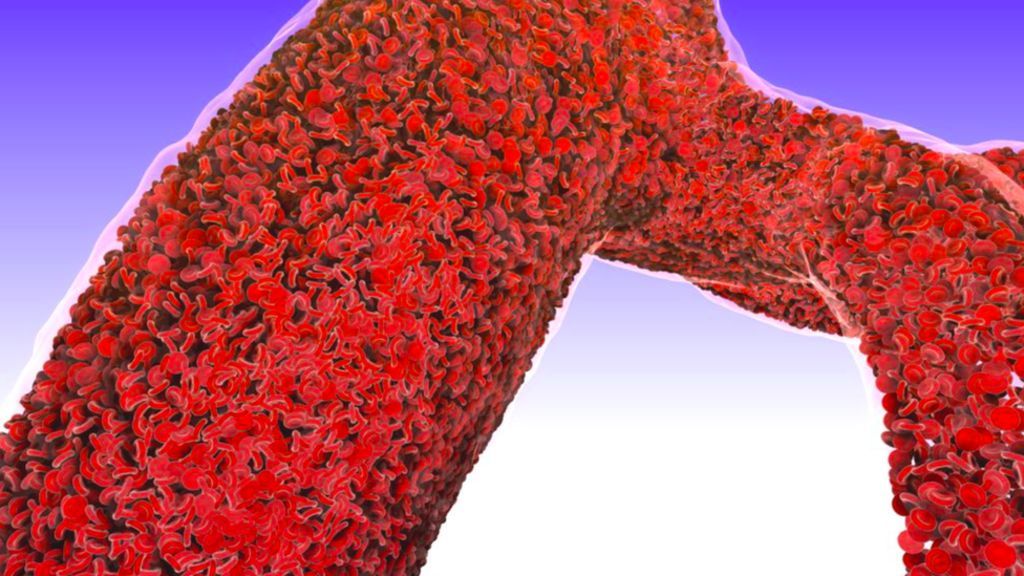
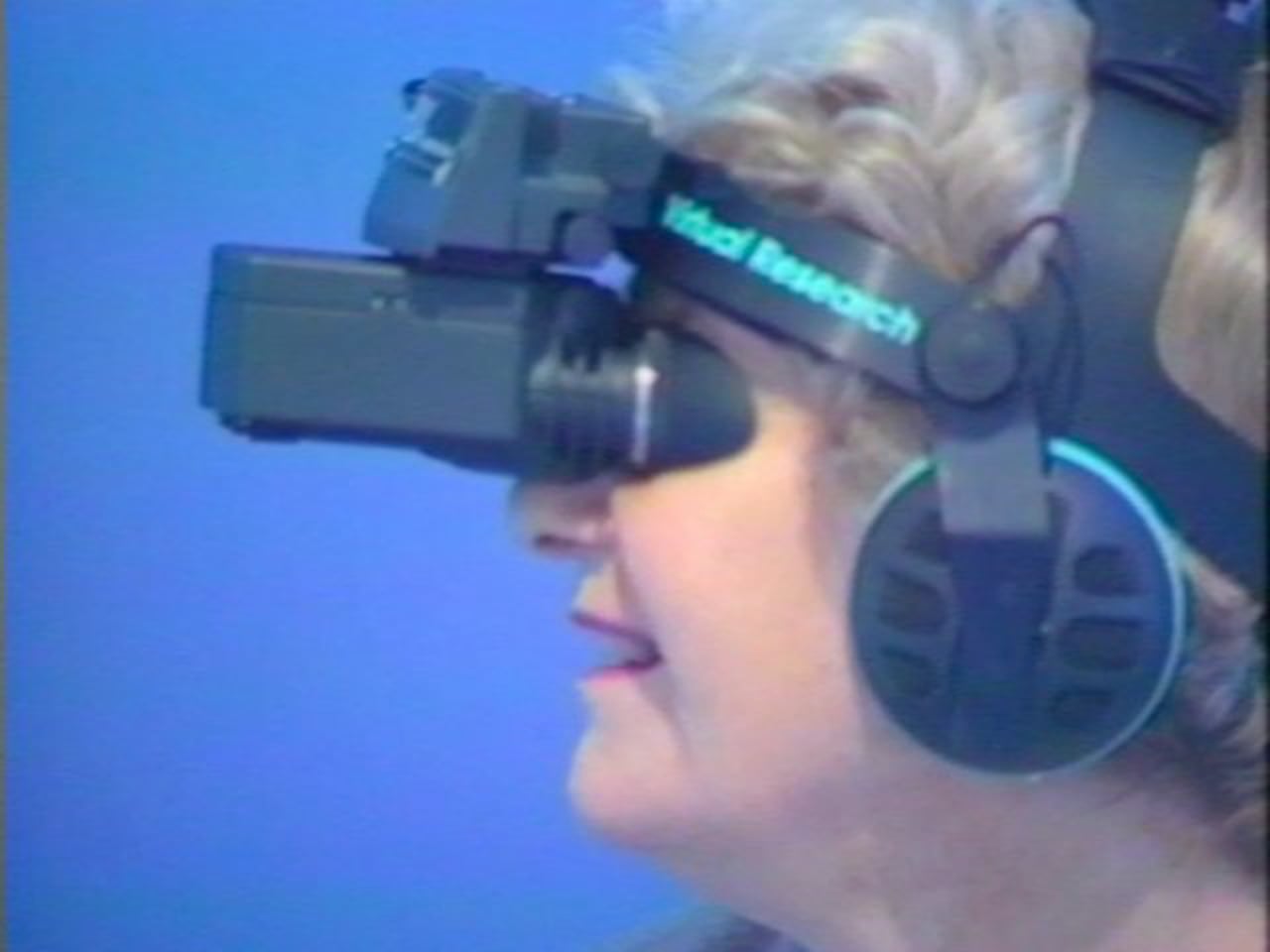
studioforcreativeinquiry.org/projects/the-networked-virtual-art-museum
studioforcreativeinquiry.org/projects/iten-interdisciplinary-teaching-network
Directed by Carl Loeffler, The Networked Virtual Art Museum was a pioneering project that investigated telecommunications and virtual reality, and provided a basis for multiple users located in distant geographical locations to be conjoined in the same virtual, immersion environment. The project employed telecommunication hardware, as well as the hardware associated with virtual reality: data eyephones and multi-directional navigation devices. The immersion environment was an art museum with galleries offering various exhibitions.
Considered as a whole, the project was on the advancing edge of telecommunications thru the exploration of immersion environments, networked over long distance, while supporting multiple users. The use of agents, and the articulation of physics and other details like reflective mirrors, places the project at the forefront of the design of virtual worlds. The Networked Virtual Art Museum utilized the WorldToolKit, a virtual world development software, that was available from Sense8 Corporation. The Virtual Research head mounted display, and the Ascension Technology 6-D mouse (The Bird), and 486/50 compatible with DVI and MIDI comprised the basic system hardware.
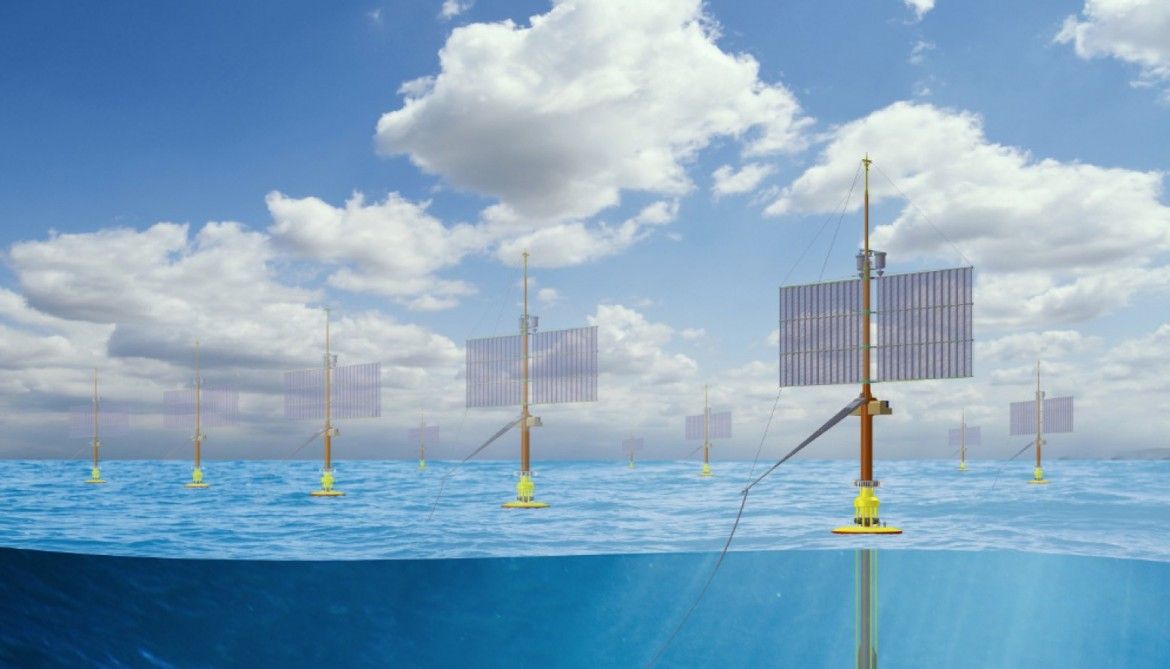

An interstellar precursor mission has been discussed as a priority for science for over 30 years. It would improve our knowledge of the interstellar environment and address fundamental questions of astrophysics, from the origin of matter to the evolution of the Galaxy. A precursor mission would involve an initial exploration probe and aim to test technological capabilities for future large-scale missions. With this survey we intend to identify potential backers and gauge the public’s interest in such a mission.
This survey is conducted by the International Space University (www.isunet.edu) in collaboration with the Initiative for Interstellar Studies (www.I4IS.org). Your data will not be shared with any other organisation.
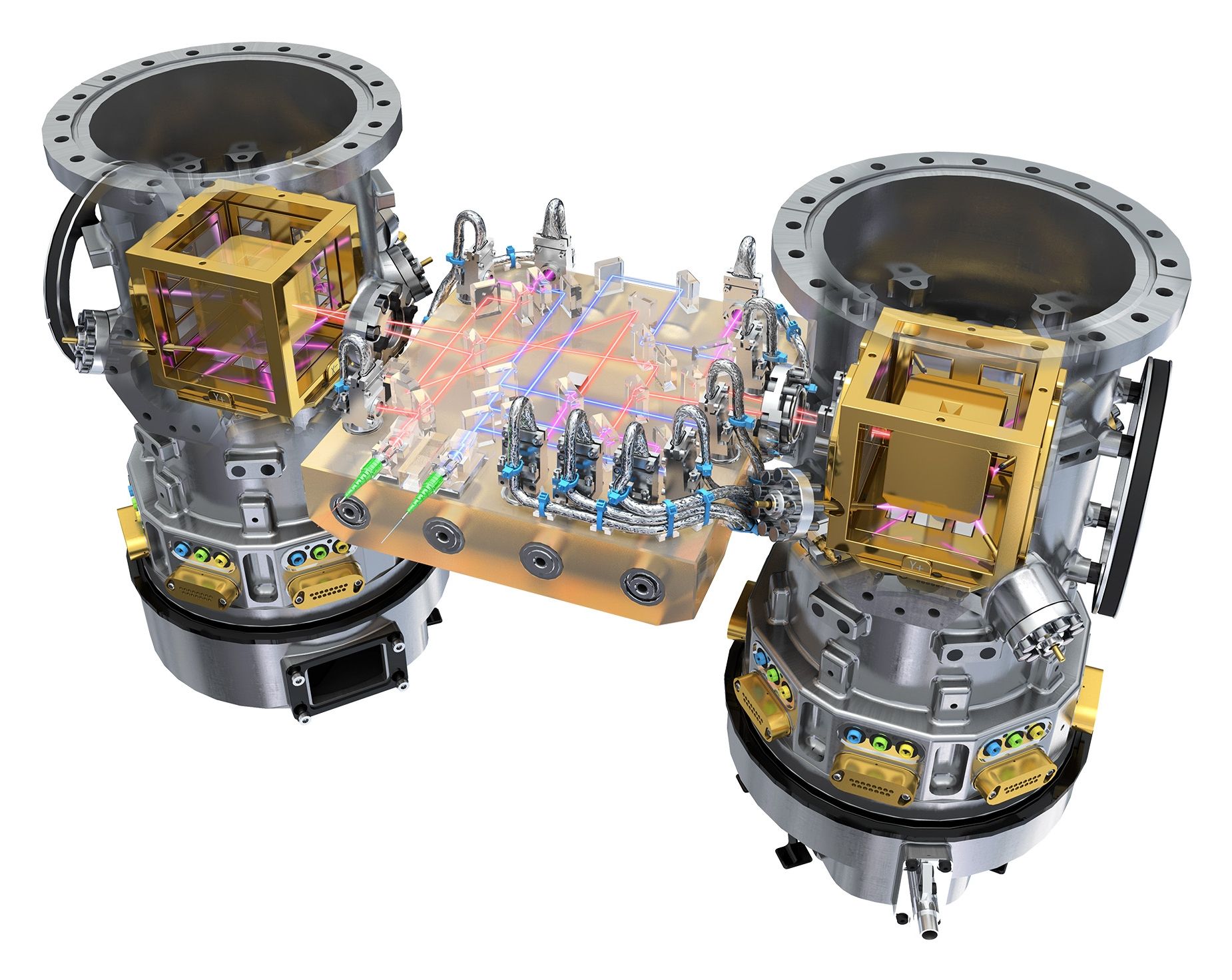
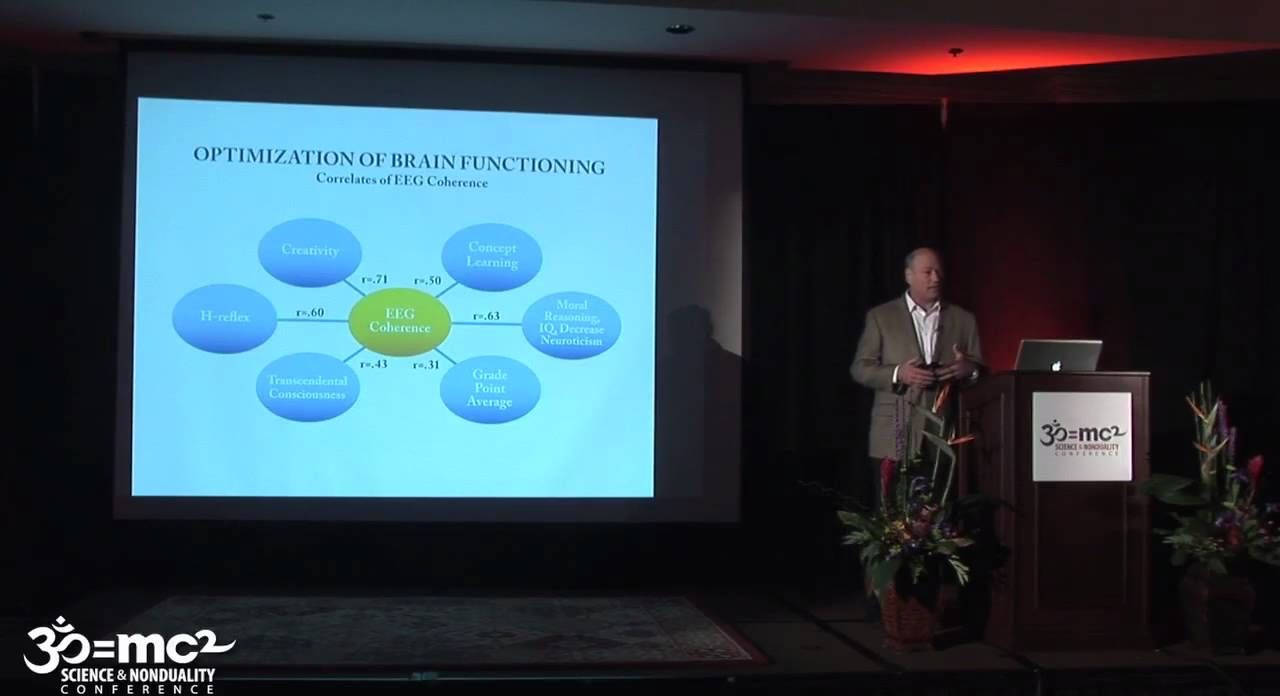
http://www.scienceandnonduality.com
John Hagelin, Director of the Institute of Science, Technology and Public Policy Director of the Board of Advisors for the David Lynch Foundation.
Progress in theoretical physics during the past decade has led to a progressively more unified understanding of the laws of nature, culminating in the recent discovery of completely unified field theories based on the superstring. These theories identify a single universal, unified field at the basis of all forms and phenomena in the universe. At the same time, cutting-edge research in the field of neuroscience has revealed the existence of a unified field of consciousness‚ a fourth major state of human consciousness, which is physiologically and subjectively distinct from waking, dreaming and deep sleep. In this meditative state, the threefold structure of waking experience‚ the observer, the observed and the process of observation‚ are united in one indivisible wholeness of pure consciousness.
These parallel discoveries of a unified field of physics and a unified field of consciousness raise fundamental questions concerning the relationship between the two. We present compelling theoretical and experimental evidence that the unified field of physics and the unified field of consciousness are identical‚ i.e. that during the meditative state, human awareness directly experiences the unified field at the foundation of the universe.
We show that the proposed identity between consciousness and the unified field may indeed be required to account for experimentally observed field effects of consciousness. We present the findings of a National Demonstration Project‚ the largest controlled sociological experiment in history‚ in which 4,000 advanced meditators markedly reduced violent crime in Washington, DC. We briefly explore the practical applications of proven meditative procedures for developing total brain functioning, higher states of consciousness‚ preventing social conflict and promoting peace on a national and global scale.
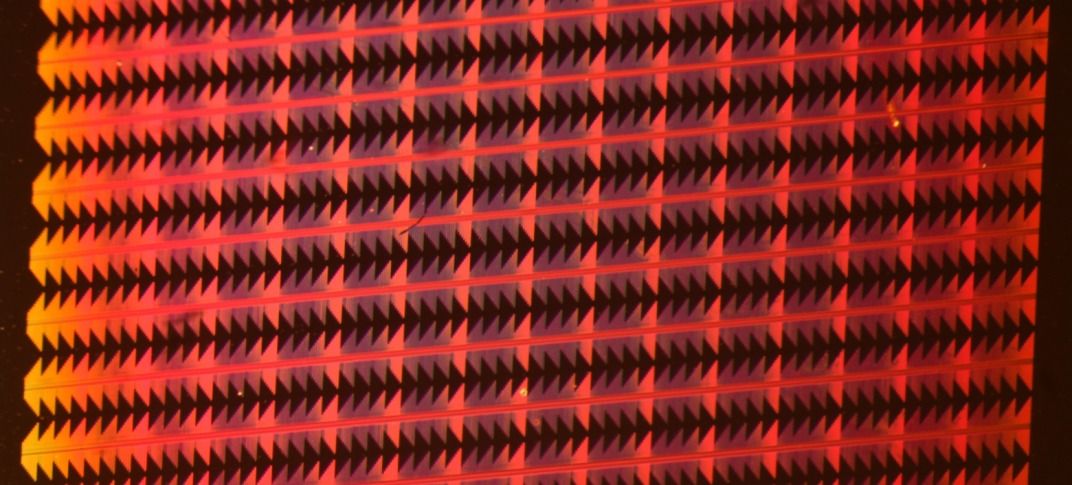
Researchers from the Moscow Institute of Physics and Technology (MIPT) have for the first time experimentally demonstrated that copper nanophotonic components can operate successfully in photonic devices – it was previously believed that only gold and silver components could do so. Copper components are not only just as good as components based on noble metals; they can also be easily implemented in integrated circuits using industry-standard fabrication processes. “This is a kind of revolution – using copper will solve one of the main problems in nanophotonics,” say the authors of the paper. The results have been published in the scientific journal Nano Letters.
The discovery, which is revolutionary for photonics and the computers of the future, was made by researchers from the Laboratory of Nanooptics and Plasmonics at MIPT’s Centre of Nanoscale Optoelectronics. They have succeeded, for the first time, in producing copper nanophotonic components, whose characteristics are just as good as those of gold components. It is interesting to note that the scientists fabricated the copper components using the process compatible with the industry-standard manufacturing technologies that are used today to produce modern integrated circuits. This means that in the very near future copper nanophotonic components will form a basis for the development of energy-efficient light sources, ultra-sensitive sensors, as well as high-performance optoelectronic processors with several thousand cores.
The discovery was made under what is known as nanophotonics – a branch of research which aims, among other things, to replace existing components in data processing devices with more modern components by using photons instead of electrons. However, while transistors can be scaled down in size to a few nanometres, the diffraction of light limits the minimum dimensions of photonic components to the size of about the light wavelength (~1 micrometre). Despite the fundamental nature of this so-called diffraction limit, one can overcome it by using metal-dielectric structures to create truly nanoscale photonic components. Firstly, most metals show a negative permittivity at optical frequencies, and light cannot propagate through them, penetrating to a depth of only 25 nanometres. Secondly, light may be converted into surface plasmon polaritons, surface waves propagating along the surface of a metal. This makes it possible to switch from conventional 3D photonics to 2D surface plasmon photonics, which is known as plasmonics. This offers the possibility of controlling light at a scale of around 100 nanometres, i.e., far beyond the diffraction limit.
